A ‘Top Gear’-style road trip through Peru
Roula Khalaf, Editor of the FT, selects her favourite stories in this weekly newsletter.
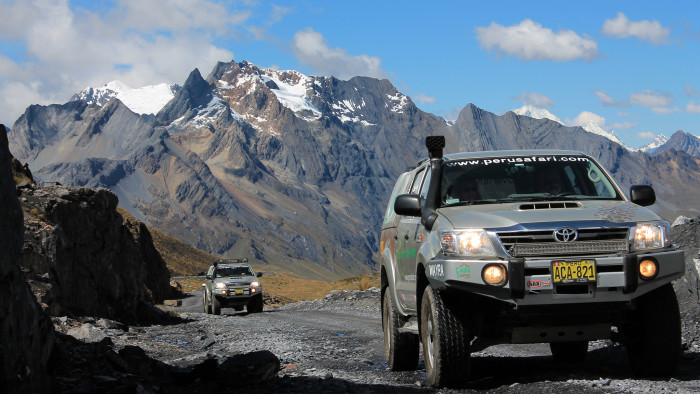
Descending from the Peruvian Andes on a narrow, switchback road takes us longer than expected. It is nearly closing time when we reach the small museum in the remote town of Leymebamba, which lies between the mountains and the fringes of the Amazon jungle. It does not matter. There are no other visitors, and the manager happily lets us in.
We admire the contents of six Chachapoyan and Inca burial chambers that grave robbers discovered in 1997 high in a cliff face above a lake 10 hours by foot from Leymebamba. They include textiles, pottery and 33 priceless quipus (the system of knotted strings with which the Incas kept records) that the robbers overlooked in their search for gold.
Then the manager turns on the lights in the last room. We gasp. Arranged on shelves in a glass-fronted chamber are some 200 mummies, a couple of them mere babies. None is less than 500 years old. All are tied in foetal positions. Some are still in embroidered burial bags, while others hide their gaping eyes and skulls with bony fingers covered in shrivelled skin. It is an astounding sight.
Paul Boardman, our expedition leader, had warned us to “expect the unexpected” when we left Lima a week earlier at the start of a 2,000-mile road trip that could best be described as a cross between Top Gear and Raiders of the Lost Ark.
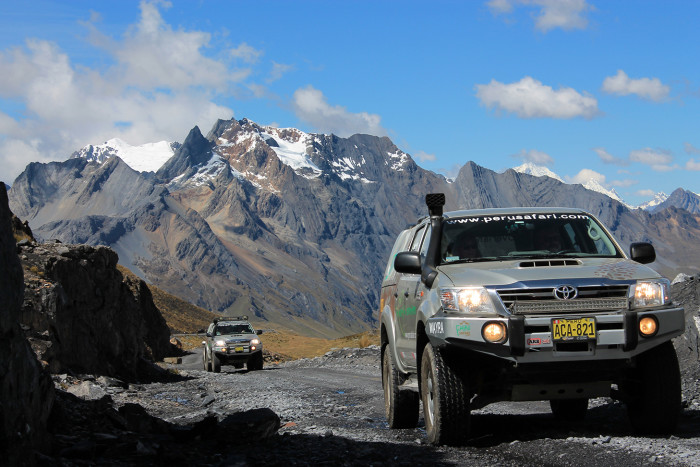
It was a journey that would take a British couple from Milton Keynes, four jovial Australians and myself not southwards to the teeming tourist hotspots of Cusco and Machu Picchu, but in a huge loop around the neglected, ill-mapped north of a country six times bigger than Britain; from coastal deserts to rainforests via snowy mountain passes; and from the present day deep into the past.
Not even Boardman, a genial former police officer from Lancashire who married a Peruvian and now runs 4x4 tours here, had travelled the route before. “It’s a black hole for me, too,” he cheerfully admitted as we set off in four Toyota four-wheel-drives, each fitted with roll bars, underbody protection and two-way radios.
The first morning was grim. For hours we crawled north up the Pacific coast on the Pan-American highway, past warehouses, container depots, refineries and illegal settlements built on wasteland, all enveloped in a thick haze of sea mist, dust and pollution that obliterated the sun.
Finally we turned inland up a valley carrying the Rio Fortaleza down from the Andes. As the road climbed, the skies turned blue and our spirits rose. Acres of bright red peppers dried in the sun. Mango orchards lined the river. We bought fruits we had never heard of — chirimoya, pacae, granadilla — from roadside stalls. We began our journey back in time, passing campesinos (farmers) preparing tiny plots with ox-drawn ploughs, women labouring under great bundles of forage, old ladies in traditional wide-brimmed hats and ponchos spinning wool beside the road.
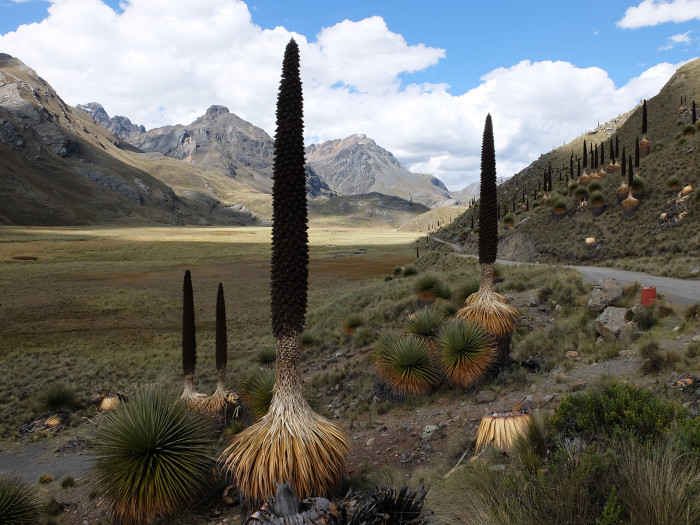
At 13,000 feet we ate a belated picnic lunch on a windswept moor with tantalising views of distant sawtooth mountains and snowy peaks. By late afternoon we were descending into an Andean valley so green and lush it might have been Switzerland. There we stopped for the night in Chiquián, a town barely touched by the 21st century. There were no supermarkets or hotel chains. Our family-run hostel was simple but clean and built around a delightful flower garden. The narrow streets were traffic-free. The tiny shops sold handsome homemade cheeses.
Day Two was spectacular. We climbed out of the valley past girls on mules carrying milk to market and “vaqueros” on horseback driving herds of cattle. We stopped in the comatose village of Aquia to admire the bullring and musty church of San Miguel Arcangel, built by the earliest Spanish settlers in 1600. An old woman used a foot-long iron key to open the ancient wooden door for us.
We then tackled a long gravel track over a 15,700-foot pass in the Huascarán national park, marvelling at the majestic scenery: the great black slopes and glaciers of the Cordillera Blanca range towering above us, and the vast green bowls and deserted valleys tapering away below. Our vehicles were tiny specks in that epic landscape, and even they laboured for lack of oxygen.
Beyond the pass we found a forest of puya raimondii, the so-called “Queen of the Andes”, botanical wonders that resemble so many missiles blasting off. From great, round, spiky bases the trunks of these giant bromeliads soar 30 feet skywards, flower once in 80 years, then die.
We spent the next two nights at the Llanganuco Mountain Lodge, which a disillusioned London accountant named Charlie Good opened a decade ago on a ridge facing the pure white snowfields of Peru’s highest peak, Huascarán.
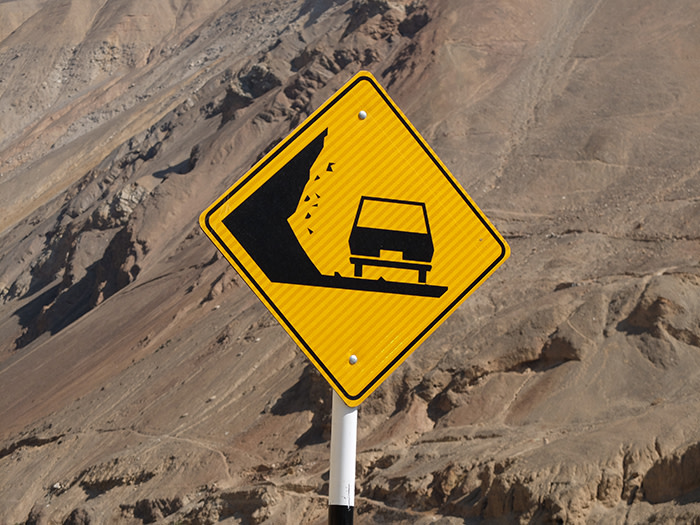
There is no more beautiful place to eat breakfast than on Good’s lawn, and nearby there are some exquisite turquoise lakes. But Huascarán — one of 16 peaks over 20,000 feet in the Cordillera Blanca — combines beauty with peril. At its foot a park containing the twisted shell of a bus and ruined church commemorates 20,000 people killed when an earthquake triggered a giant landslide that swept away the town of Yungay in 1970.
“If you don’t like driving, and are not a reasonably confident driver in the UK, this is probably not a trip for you,” Boardman says. Day Four illustrated his point.
First we negotiated the notorious Canyon del Pato, where a slender ribbon of road passes through 35 tunnels as it hugs one of the canyon’s two sheer walls high above a raging river. Umpteen yellow signs warn of rock slides.
Then, at the town of Chuquicara, we learnt that last year’s rains had washed away our road. We had to detour right down to the coast through barren desert, rejoin the dire Pan-American highway, then slog up another long valley into the mountains past giant copper mines and small, informal gold mines.
We reached our destination, Huamachuco, exhausted after 12 hours and 275 miles of challenging driving, to find our hotel was the Peruvian equivalent of Fawlty Towers. “Finding clean, decent places to stay is a problem outside Cusco and Lima,” Boardman admitted, though he did manage to unearth a few gems.
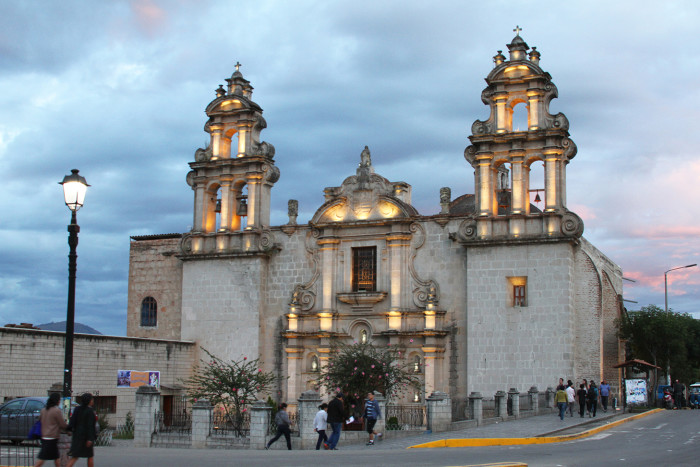
The next morning, by way of reward, we drove up a dirt track to the thousand-year-old mountaintop fortress of Marcahuamachuco. There we wandered alone among the ruins and wild flowers as a breathtaking panorama of sunlit hills and valleys un-spooled beneath us.
And so our odyssey continued — along single-lane roads clinging to vertiginous mountainsides, round hairpin bends with cattle coming the other way, past a discomfiting number of shrines to vehicles that had lost control. One afternoon we were delayed at a bridge for an hour as a crane raised a car from the turbulent brown river into which it had plunged the previous evening, killing its driver.
We stopped at colourful village cattle markets. We admired swaying foot bridges strung precariously over deep ravines. We saw coloured flags hanging outside adobe huts to signal that they sold bread or a home-made beer called “chicha”. We lunched on “cuy” (guinea pig). Some portions came with a deep-fried head attached, others with a protruding foot. The Australians, all oenophiles, discussed which wine one should serve with it.
We spent a day in Cajamarca, the city where Francisco Pizarro and his 168 conquistadores captured the Inca emperor Atahualpa in 1532. We inspected the fine old Spanish churches, the colonial mansions and the stone “ransom chamber” that Atahualpa promised to fill with gold if the Spaniards freed him: he kept his word but they did not, killing him instead. That night we crowded into a one-room bar as the elderly owner, Jaime Valera Bazan, sang folk songs with his son.
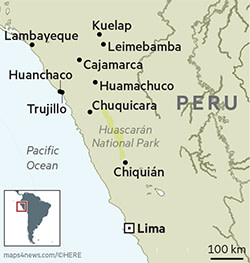
We crossed the Andes again to reach the green, wet lushness of Leymebamba. “Here there are only two seasons — rainy and rainier,” quipped Adriana von Hagen, the archaeological journalist who helped set up the museum and now owns a delightful, hummingbird-frequented lodge adjoining it.
At Lambayeque, Boardman’s well-connected wife had persuaded Walter Alva, a leading Peruvian archaeologist, to show us round the Royal Tombs of Sipán Museum. He told us the remarkable story behind it as he did so.
The broad, fertile Lambayeque valley is dotted with mysterious “huacas” — mud brick pyramids — built by the Moche people between the first and seventh centuries AD. In 1987 grave robbers broke into a tomb in one of those huacas and discovered gold. Alva and the police fought gun battles to secure the site. His team then dug below the looted tomb and found 15 more including those of the Lord of Sipán, a Moche ruler who died about 600AD, and an ancestor, the Old Lord of Sipán, who died 300 years earlier.
The former was buried with his three wives, a warrior, a standard bearer, an adviser, a dog and a guardian whose feet were cut off to prevent him running away. Both were interred with dazzling collections of gold and silver treasure — crowns, sceptres, necklaces, jewellery, belt buckles, footwear, armour, and masks to hide their faces from their subjects. All are now displayed in this magnificent but little-known museum alongside the two lords’ skeletons.
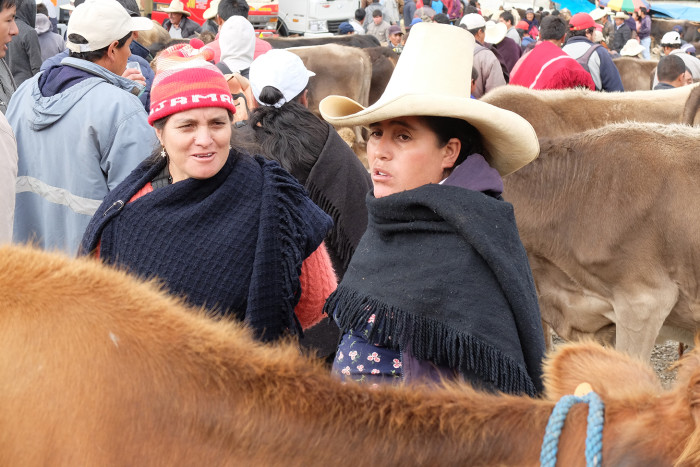
The next morning we visited the Sipán tombs themselves — the pyramids now so eroded by the elements they resemble bare mud hills. Alva believes many other such tombs remain undiscovered in the eight valleys that the Moches controlled. “Imagine in eight valleys every 40 years one lord died, and how many centuries the Moches were in charge, and you have some idea how many Lords of Sipán there were,” he said.
From Lambayeque it was a long haul back down the coast to Lima, but there were diversions: Caral — the oldest city in the Americas; the training centre of Peru’s celebrated Caballos de Paso horses; and the little-known township of Huanchaco north of Trujillo.
There, on a bald, brown hill overlooking the ocean, we watched archaeologists unearthing the skeletons of children and young llamas, scores of them, from the dusty soil in which they were buried in about 1450AD. The children were still wrapped in cotton shrouds. Their skulls still had clumps of hair attached. The llamas’ bones were still bound by the ropes with which they were dragged to their deaths by the rulers of Chan Chan, the nearby capital of the ancient Chimu empire.
John Verano, an anthropologist from Tulane University in New Orleans, and Gabriel Prieto, an archaeologist from the Universidad Nacional de Trujillo, had already recovered the skeletons of 140 children and 200 llamas from a neighbouring site — all with their chests cut open across their sternums. They had also found a layer of mud indicating they were killed at a time of severe flooding.
The Chimu were offering their most precious possessions to the gods, Verano told us. We were staring at “the biggest child sacrifice anywhere in the world”, he said. That was — for me — the single most arresting moment of a journey full of Boardman’s expected unexpected.
Details
Martin Fletcher was a guest of Steppes Travel. Its 18-day 4x4 trip through northern Peru costs from £4,495 per person, including all transfers, accommodation and most meals, or from £5,395 including flights from London
Follow @FTLifeArts on Twitter to find out about our latest stories first. Subscribe to FT Life on YouTube for the latest FT Weekend videos
Comments